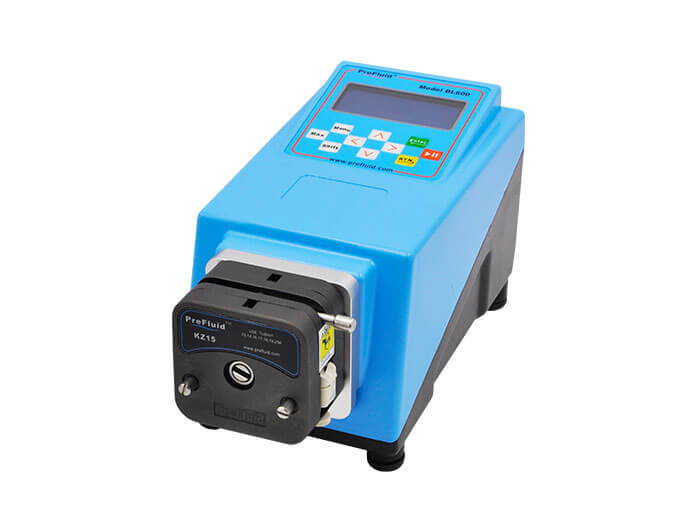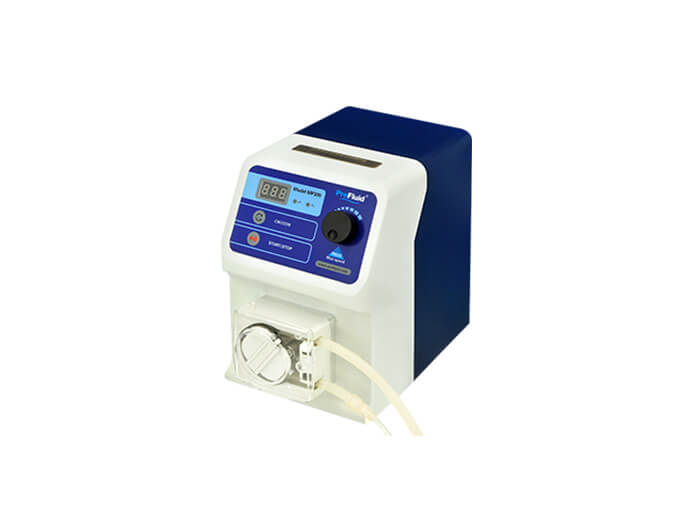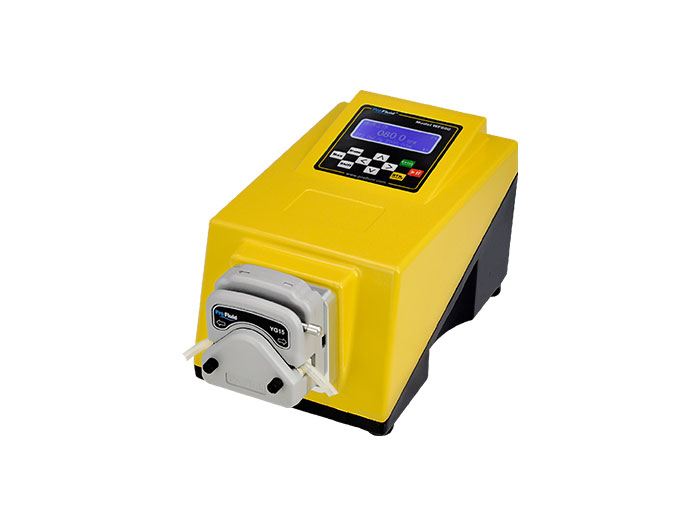How to calculate the flow rate of peristaltic pump? The peristaltic pump head can be assembled with multiple pump tubes, each with a different diameter to produce a different flow rate. The larger the diameter of the same peristaltic pump head, the greater the flow generated by the peristaltic pump head, and vice versa.
How to calculate the flow rate of peristaltic pump? The peristaltic pump head can be assembled with multiple pump tubes, each with a different diameter to produce a different flow rate. The larger the diameter of the same peristaltic pump head, the greater the flow generated by the peristaltic pump head, and vice versa.
In the ideal state without considering the effect of liquid viscosity on the flow rate, the peristaltic pump produces the same flow rate per revolution, if the flow rate of 10ml per minute is 10ml/min, the flow rate of N revolutions per minute is equal to 10 times N.
Of course, the reality is a little different from the ideal, mainly in the following ways:
1. Because the peristaltic pump inhales liquid through the rebound of the pump tube, the rebound of the peristaltic pump hose takes a certain amount of time. The thicker the liquid delivered, the longer it takes to bounce back. Therefore, when the rebound time of the pump is less than the 1 wheel base displacement time of the peristaltic pump (if the runner of the peristaltic pump is composed of 2 wheels, the 2 wheel base arc is 180 degrees, when the runner rotates half a circle, the required time is the wheel base displacement time, the higher the speed, the shorter the time). The relationship between the flow rate and the speed of the peristaltic pump is the relationship between linear growth. If the time required for rebound is greater than the time of the wheel base displacement, that is, the peristaltic pump hose is compressed again by the runner before full rebound, the flow generated by the peristaltic pump per revolution will be less than the flow generated when the pump tube is fully rebound. Of course, if the speed of the peristaltic pump is fixed, then each circle is also fixed.
2. The greater the outlet back pressure, the outlet flow will also be affected. The reason is that the increase in outlet pressure will increase the pump pipe, and the liquid at the outlet will flow back. If the outlet pressure is greater than the pressure produced by the pump, the liquid will not be able to drain, resulting in a complete backflow.
Conclusion: Therefore, when calculating the flow rate of peristaltic pump, the influence of the increase of peristaltic pump speed and liquid viscosity on hose rebound should be considered. If the speed of the peristaltic pump is constantly changing during transportation, it cannot be completely calculated based on a simple product relationship. Usually, experience tells us that liquids with a low proportion of liquids that can be quickly transported can be calculated according to the product relationship, and pumps with less than 4 runners at a speed of about 300 revolutions can be quickly transported. If the viscosity is very high, consider reducing the experience speed.


